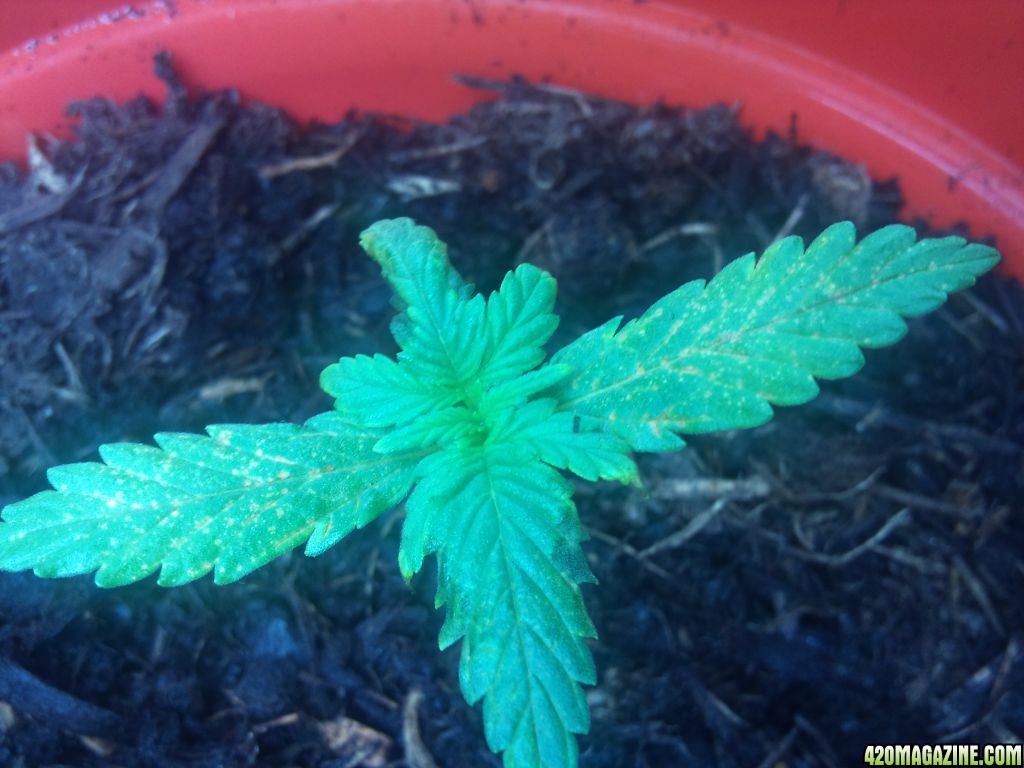BrownBud
New Member
Hey guys ive got some brown spots on one of my plants im really not sure what it is. Ive looked in the pest and disease pictorial and cant find anything that matches it.
Ill post some pics My PH is 6.7
using a 150w cfl
ventilation is just a fan but its keeping it cool.
no nutes.

Any help is appreciated really dont want this one to die was looking so healthy before
Brown
Ill post some pics My PH is 6.7
using a 150w cfl
ventilation is just a fan but its keeping it cool.
no nutes.

Any help is appreciated really dont want this one to die was looking so healthy before
Brown




 , just make sure the lights arnt too close and good luck brownbud.
, just make sure the lights arnt too close and good luck brownbud. 
 , got worried for a day or two there lol forgot to KISS
, got worried for a day or two there lol forgot to KISS
